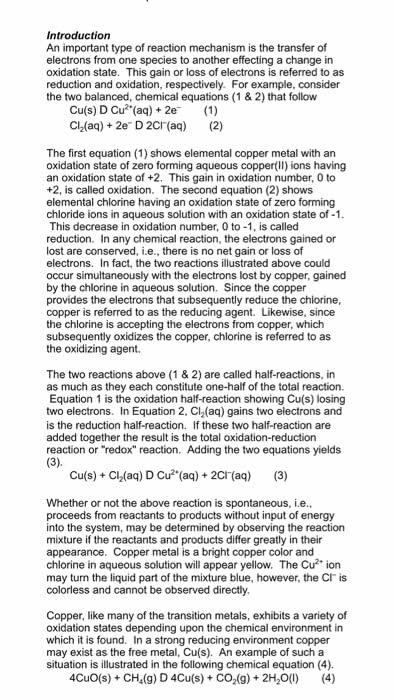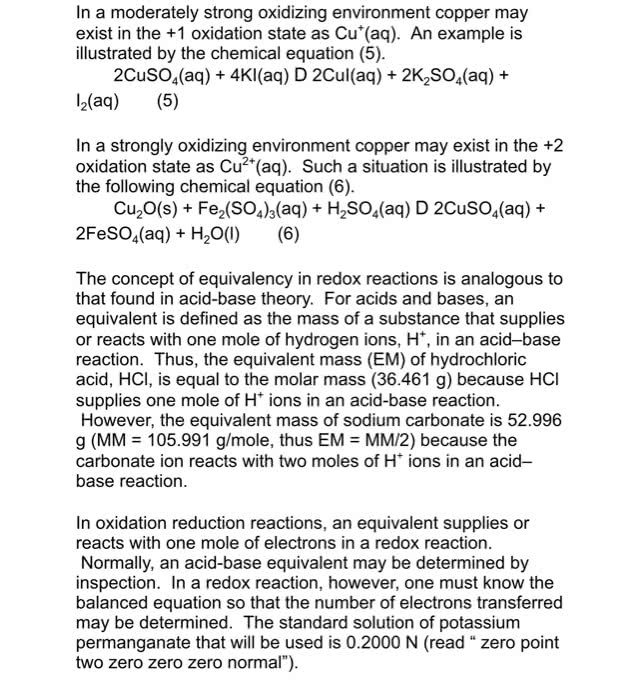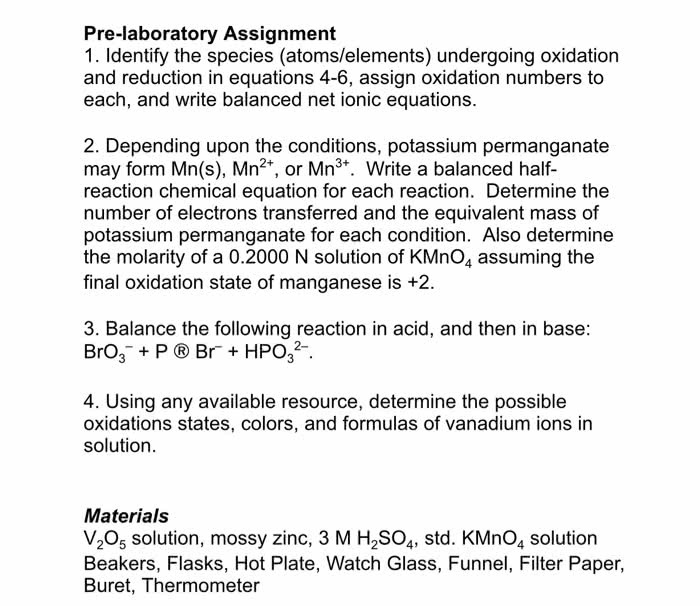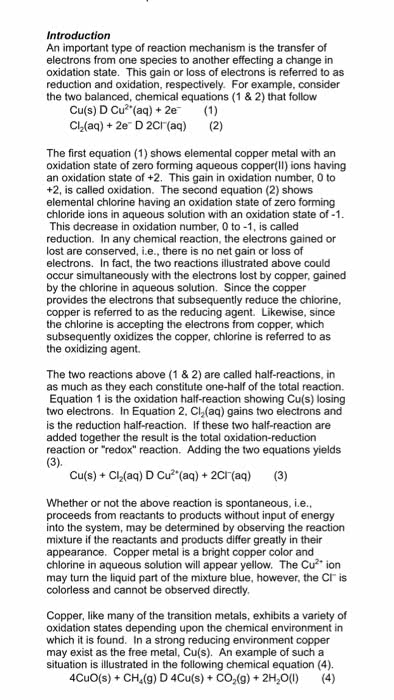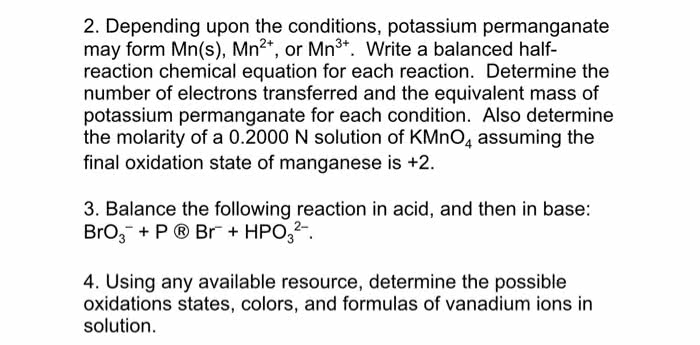CH 461 Lecture Notes - Lecture 14: Cellular Respiration, Catabolism, Phytol
28 views4 pages
Document Summary
Metabolic energy derives from processes of oxidation and reduction. When energy is consumed in a process, chemical energy is made available for synthesis of atp as one atom gives up electrons (becomes oxidized) and another atom accepts electrons (becomes reduced). For example, observe the following aerobic metabolism of glucose. The carbon in glucose moves from an oxidation state of zero to an oxidation state of +4. Concurrently, elemental oxygen moves from its oxidation state of zero to an oxidation state of 2 during the process. Anaerobic catabolic reactions are similar, although the electron acceptor isn"t oxygen. The next example shows the fermentation of glucose to lactic acid. In this example, the electron acceptor and electron donor are located on the same molecule, but the principle remains the same: one component is oxidized and one is reduced at the same time. Reactions that run in the opposite direction of the preceding ones, particularly the first, must exist.
Get access
Grade+
$40 USD/m
Billed monthly

Homework Help
Study Guides
Textbook Solutions
Class Notes
Textbook Notes
Booster Class
10 Verified Answers
Class+
$30 USD/m
Billed monthly

Homework Help
Study Guides
Textbook Solutions
Class Notes
Textbook Notes
Booster Class
7 Verified Answers
Related Documents
Related Questions
| 1. | Which of the following is common to both aerobic and anaerobicmicrobes? | ||||||||||
|
| 2. | The primary purpose of catabolism is | ||||||||||
|
| 3. | What is a fate of pyruvate during alcoholic fermentation byyeast? | ||||||||||
|
| 4. | Electrons needed to reduce an oxidized electron acceptor areprovided by | ||||||||||
|
| 5. | How are aerobic respiration and anaerobic respirationsimilar? | ||||||||||
|
| 6. | The conversion of phosphoenolpyruvic acid (PEP) topyruvate | ||||||||||
|
| 7. | Which of the following is the best definition offermentation? | ||||||||||
|
| 8. | A reaction that yields energy has a | ||||||||||
|
| 9. | Oxidation and reduction reactions are always coupledbecause | ||||||||||
|
| 10. | Which of the following is true of aerobic respiration? | ||||||||||
|

